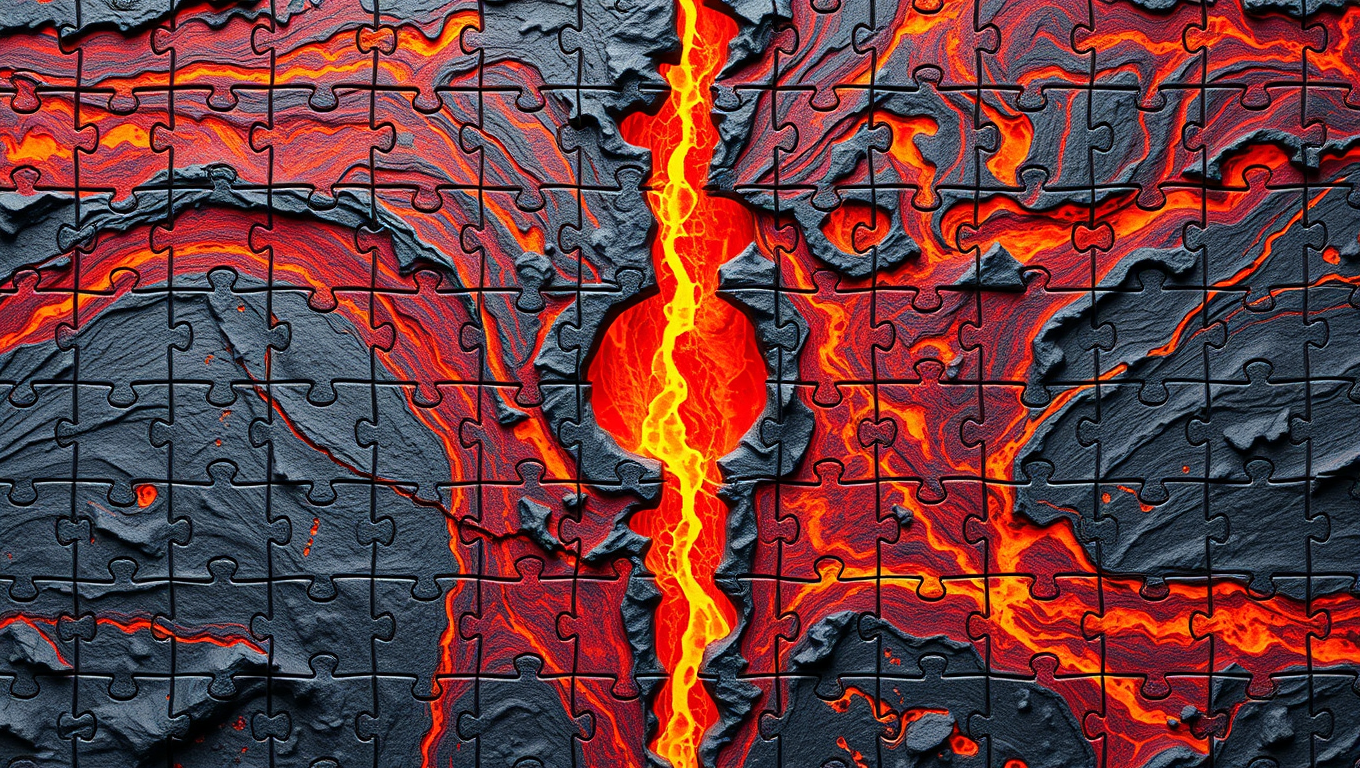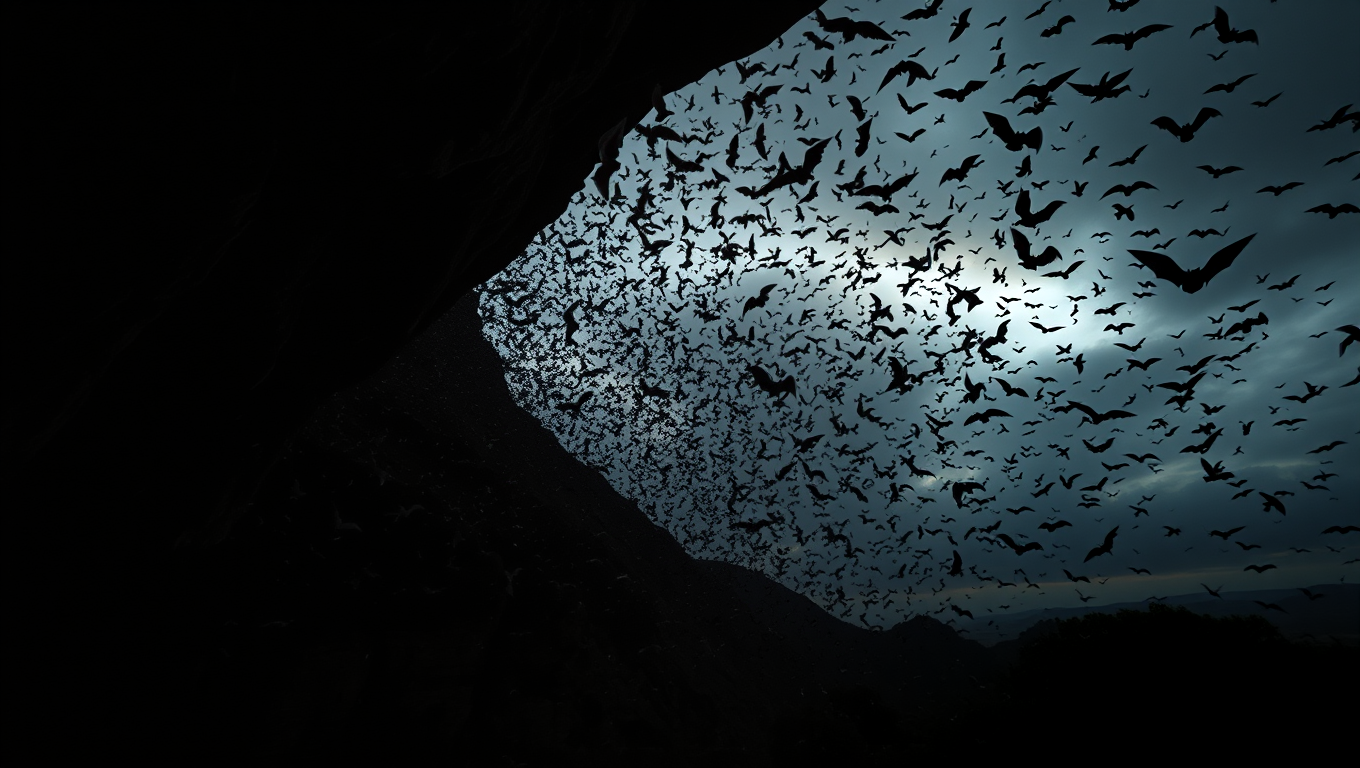While we try to keep things accurate, this content is part of an ongoing experiment and may not always be reliable.
Please double-check important details — we’re not responsible for how the information is used.
Caving
The Quiet Rumbles That Shape Earthquakes
When we think of earthquakes, we imagine sudden, violent shaking. But deep beneath the Earth’s surface, some faults move in near silence. These slow, shuffling slips and their accompanying hum — called tremors — don’t shake buildings or make headlines. But scientists believe they can serve as useful analogs of how major earthquakes begin and behave.

Caving
Uncovering the Secrets of Shifting Continents: Lava Flow Jigsaw Puzzle Reveals Tuz Gölü Fault’s Mysteries
Analysing lava flows that solidified and then broke apart over a massive crack in the Earth’s crust in Turkey has brought new insights into how continents move over time, improving our understanding of earthquake risks.
Caving
Unraveling the Mystery of Bat Echolocation in Crowded Colonies
Every night, bats emerge out of roosts in massive numbers, creating what scientists have called a ‘cocktail party nightmare’ of clashing echolocations. Nobody knew how bats managed this severe sensorial challenge. Now, scientists have tracked bats within a group of thousands to find out: when bats first emerge from the roost, they increase their distance from the center of the group and adjust their echolocation to maneuver safely in the areas of highest bat density.
Biotechnology
Mysterious Microorganisms Shape Marble and Limestone with Tiny Tubes
In the desert areas of Namibia, Oman, and Saudi Arabia, research work has revealed unusual structures that are probably due to the activity of an unknown microbiological life form. Unusually small burrows, i.e., tiny tubes that run through the rock in a parallel arrangement from top to bottom, were discovered in marble and limestone of these desert regions.
-

 Detectors7 months ago
Detectors7 months agoA New Horizon for Vision: How Gold Nanoparticles May Restore People’s Sight
-

 Earth & Climate8 months ago
Earth & Climate8 months agoRetiring Abroad Can Be Lonely Business
-

 Cancer7 months ago
Cancer7 months agoRevolutionizing Quantum Communication: Direct Connections Between Multiple Processors
-

 Albert Einstein8 months ago
Albert Einstein8 months agoHarnessing Water Waves: A Breakthrough in Controlling Floating Objects
-

 Chemistry7 months ago
Chemistry7 months ago“Unveiling Hidden Patterns: A New Twist on Interference Phenomena”
-

 Diseases and Conditions8 months ago
Diseases and Conditions8 months agoReducing Falls Among Elderly Women with Polypharmacy through Exercise Intervention
-

 Earth & Climate7 months ago
Earth & Climate7 months agoHousehold Electricity Three Times More Expensive Than Upcoming ‘Eco-Friendly’ Aviation E-Fuels, Study Reveals
-

 Agriculture and Food8 months ago
Agriculture and Food8 months ago“A Sustainable Solution: Researchers Create Hybrid Cheese with 25% Pea Protein”





























